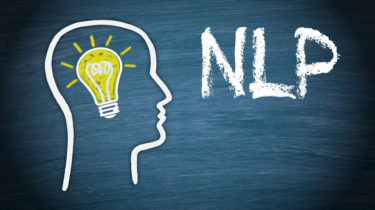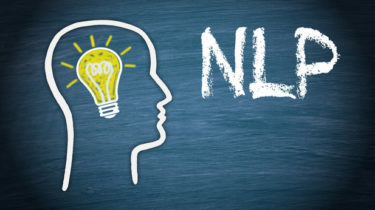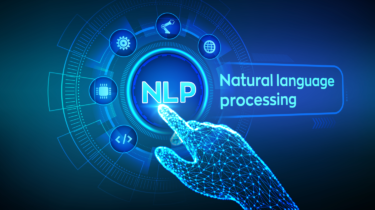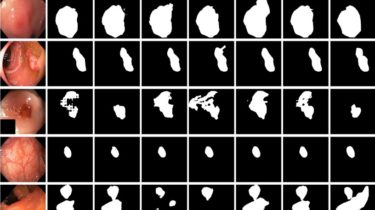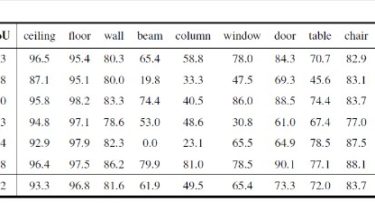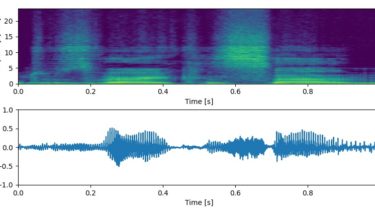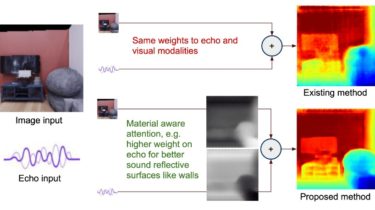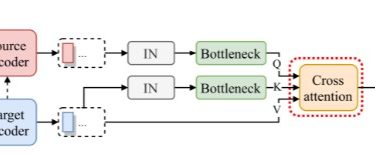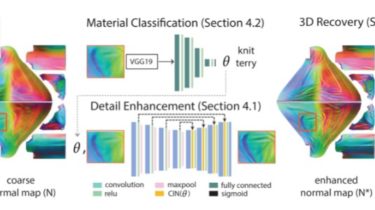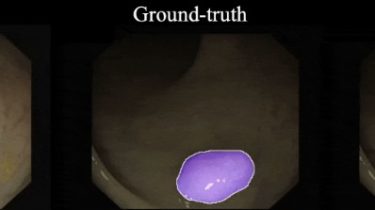Part 15: Step by Step Guide to Master NLP – Topic Modelling using NMF
This article was published as a part of the Data Science Blogathon Introduction This article is part of an ongoing blog series on Natural Language Processing (NLP). In the previous article, we discussed all the basic concepts related to Topic modelling. Now, from this article, we will start our journey towards learning the different techniques to implement Topic modelling. In this article, we will be discussing a very basic technique of topic modelling named Non-negative Matrix Factorization (NMF). So, In this […]
Read more